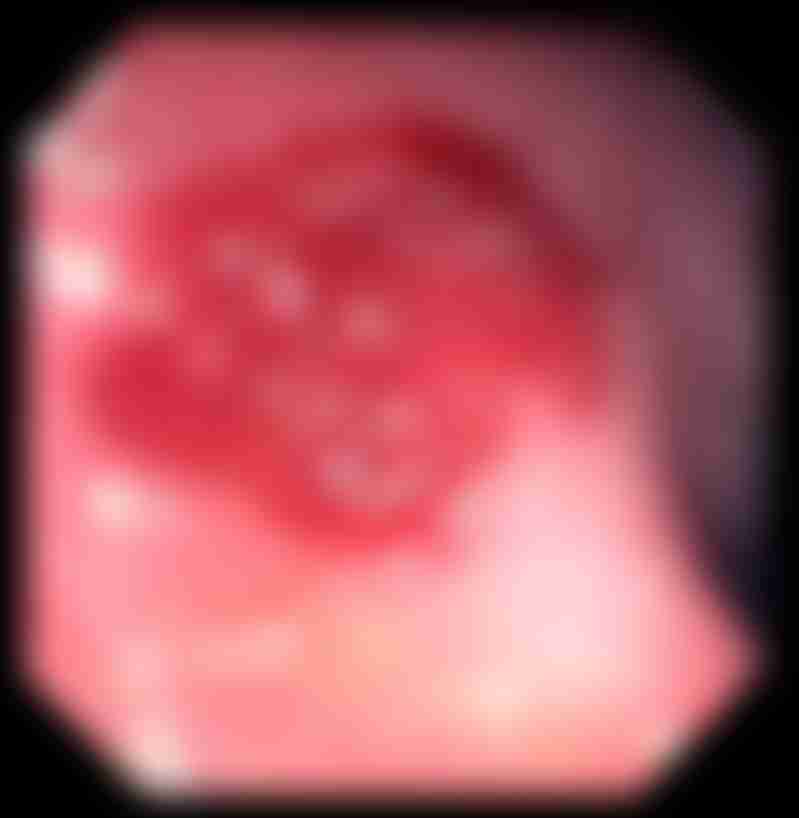Understanding Your Pathology Report: Other Cancer Types

Source: Shutterstock.
In the course of investigating any symptoms you are experiencing that might be indicative of colorectal cancer, you may be required to undergo a colonoscopy, a visual examination that helps doctors check your colon for any growths that are potentially cancerous.
Sometimes, these growths can be removed during the colonoscopy and be sent for laboratory testing to determine the likelihood of developing into a tumor — this procedure is referred to as a biopsy. Following the biopsy, you would be given a biopsy or pathology report detailing the outcome of the laboratory test, of which the results are used to determine your diagnosis.
Your pathology report will contain many scientific and medical descriptions which may be difficult to understand. This series of articles covers specific findings and their related diagnoses, which we hope helps you prepare for any discussions with your healthcare providers. In this article, we discuss other possible colorectal tumors that may turn up on your pathology report.
Tumors and points of origin
While ‘colorectal cancer’ is a phrase used to broadly describe uncontrolled cellular growth and tumor development in the colon and rectum, tumors are not always the same and can have different points of origin.
Let’s recall that the colon is made of many different layers and cell types. We know that adenocarcinomas, which are growths that begin in the colon’s innermost lining, are one of the most common types of colorectal cancer. More specifically, adenocarcinomas originate in the mucosa, which comprises cells that make up the glands and excrete mucus that line inside the colon.

Cross section of the large intestine lining.
Source: Shutterstock
Neuroendocrine tumors
In the mucosa (or mucosal layer), neuroendocrine tumors (also known as carcinoid tumors) can also develop from cells that secrete hormones and help regulate food intake, gut mobility, and digestion. Neuroendocrine tumors account for less than 1% of colorectal cancer cases.

Neuroendocrine tumor in the human colon (left) and rectal carcinoid tumor (right).
Source: Streutker, C., David Musher/Science Photo Library.
Neuroendocrine tumor samples can be removed in the same way as other polyps or tumors — tools can be inserted through the endoscope to cut and remove the growth. Though carcinoid tumors, like adenocarcinomas, are also found on the mucosa, they can be differentiated based on their appearance and through more thorough examination under the microscope. Depending on factors such as tumor size, grade and whether or not it has been completely excised, further surgery may be needed to remove the tumor.
Gastrointestinal stromal tumor and sarcoma
Like other organs in the gastrointestinal tract, the large intestine is made up of longitudinal muscular tissue that are responsible for moving the digested food matter along through a process known as peristalsis.
While uncommon, gastrointestinal stromal tumors (GISTs) can form in these muscle tissues, and often begin as benign growths that can become cancerous, thereafter referred to as sarcomas. Sarcoma is an umbrella term referring to cancers that begin in connective tissue such as blood vessels or muscle layers.

Gastrointestinal stromal sarcoma.
Source: David M. Martin, Md/Science Photo Library.
As GISTs are fragile and can easily break and bleed, special care is taken to biopsy any GIST carefully to avoid increasing the risk of the cancer spreading or causing excessive bleeding. If bleeding occurs during attempted removal through a colonoscopy, the doctor may inject blood-vessel constricting drugs into the tumor to stop the bleeding. Needle biopsies may also be done.
These tumors are often quite deep in the wall and are difficult to diagnose on biopsy specimens. If your pathology report finds the outcome of the biopsy inconclusive due to insufficient sampling, a core biopsy or surgical resection will be required to remove the sample for testing.
Molecular testing is often important in these tumors to determine what targeted therapies would be effective.
Lymphoma
Lymphoma is a cancer that begins in the lymph nodes, the small, bean-shaped organs that help the body fight infections. The lymph nodes located along the colon and rectum are called the regional lymph nodes. Lymphoma occurs when certain white blood cells known as lymphocytes mutate and grow out of control.

Lymphoma in the human colon.
Source: Webpathology/Science Photo Library, Gastrolab/Science Photo Library
It’s important to note that lymphoma is a different diagnosis from a stage 3 colorectal cancer diagnosis, which is characterized by tumor growth and spread to the regional lymph nodes. Nonetheless, certain forms of lymphoma are considered aggressive as they can easily spread to other organs through the lymphatic system.
In addition, as there are also many different subtypes of lymphoma, the lymphoma subtype is also determined through a lab test. The subtypes can be broadly labeled as Hodgkin’s lymphoma or Non-Hodgkin’s lymphoma. A key difference between Hodgkin’s lymphoma and Non-Hodgkin’s lymphoma is the type of lymphocyte cell affected. If a certain cell type known as Reed-Sternberg cell is found in the biopsy sample, the lymphoma classification would then be Hodgkin’s. Molecular testing is often needed to aid in diagnosis of the type of lymphoma present.
Determining your diagnosis
How does the type of tumor impact your diagnosis, and subsequently your treatment? While different, each tumor type is still subject to the same staging system. Your cancer stage will be determined, and based on the findings of your biopsy along with the classification of your tumor type, the best possible treatment options will be outlined for you by your medical team. While you may still be uncertain about what lies in store for you, it is normal to feel that way, and always remember that you can seek assistance from your doctors.